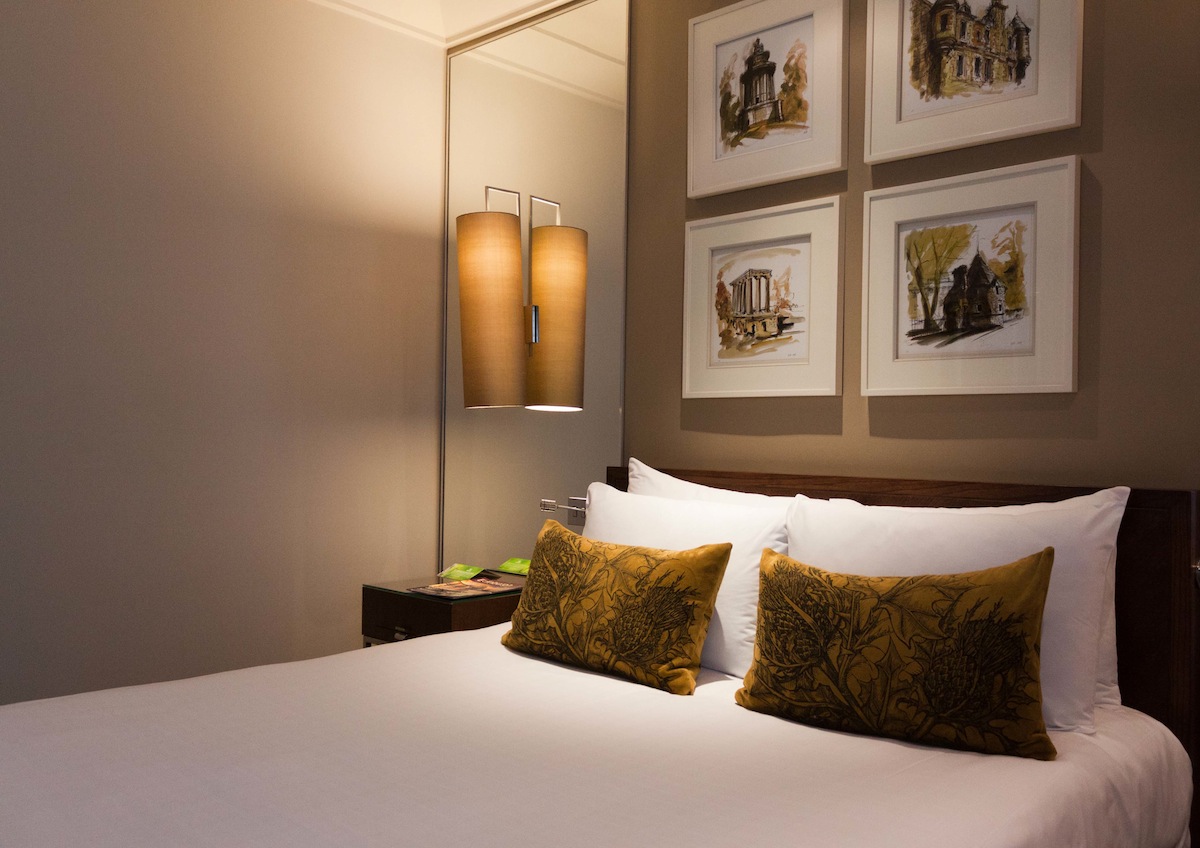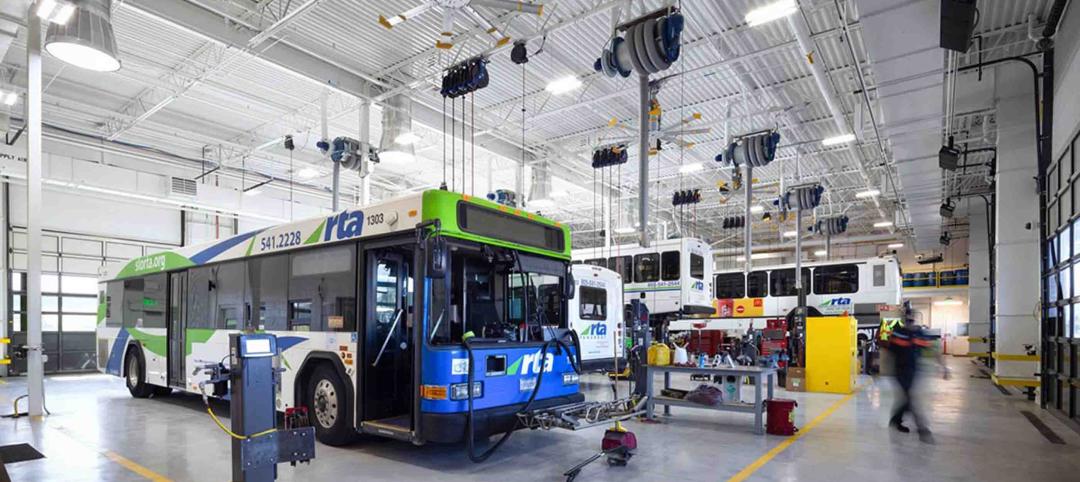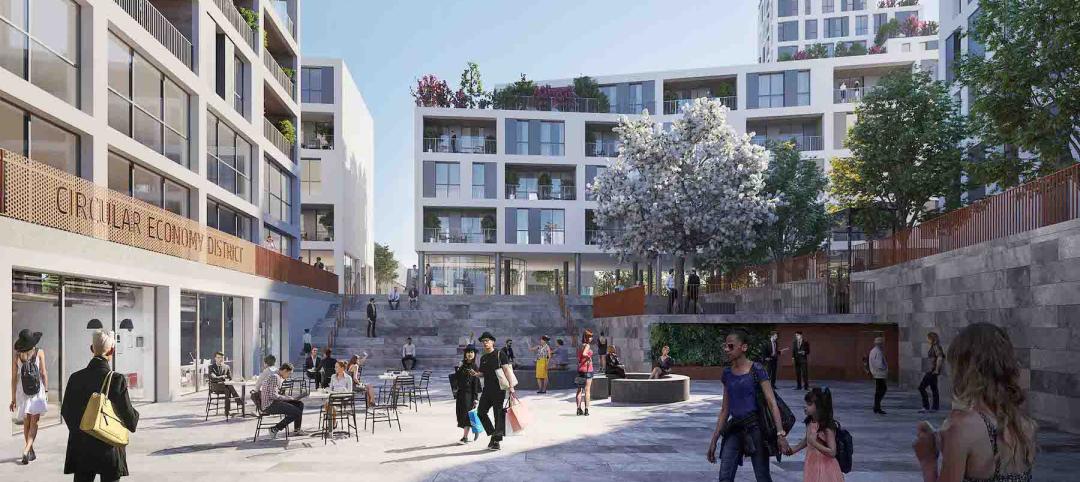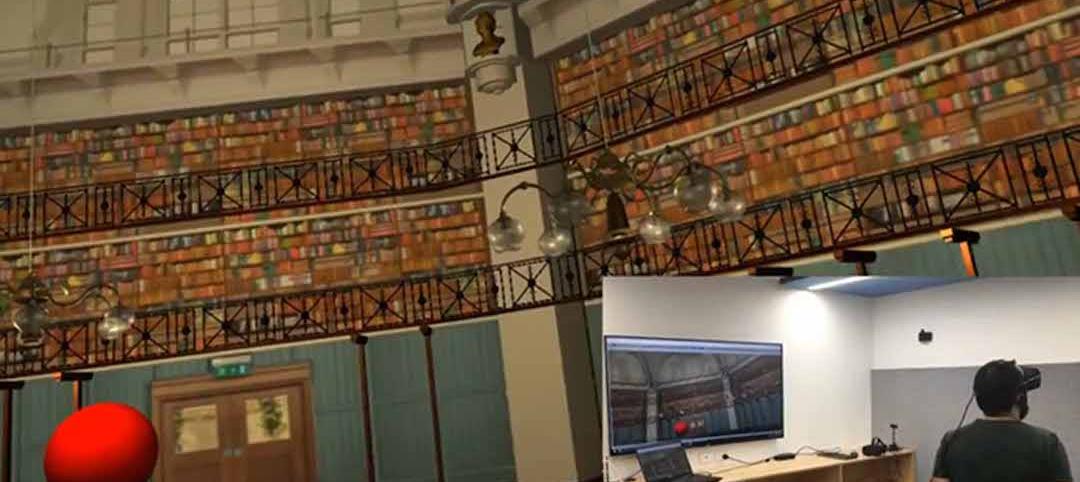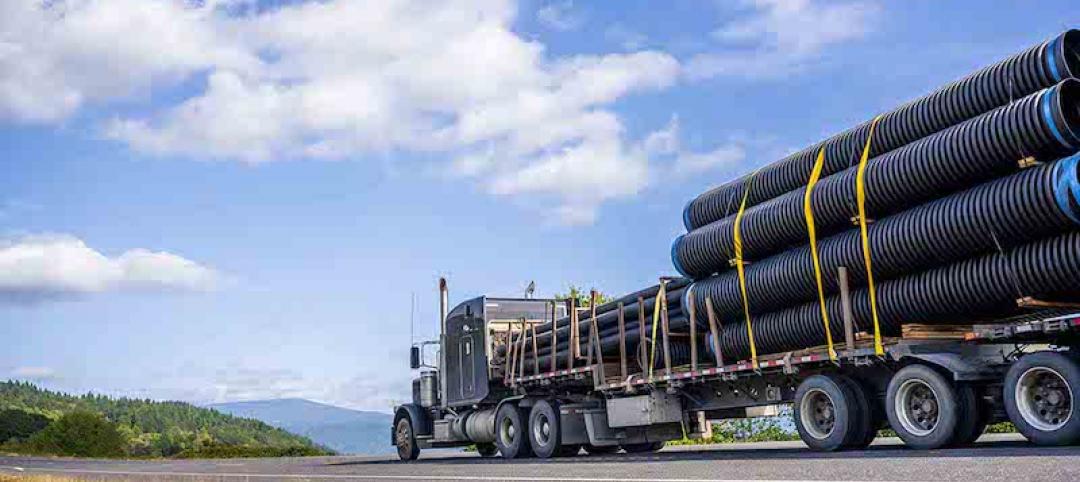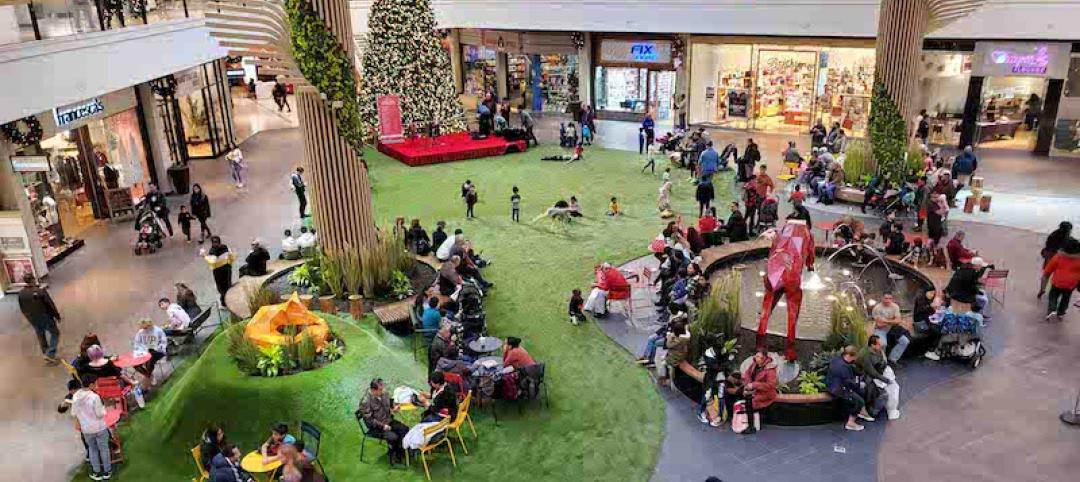Travel is changing. In 2014, Air BnB became the largest hotel “chain” in the world. In 2015, millennials are expected to represent 50% of all travelers. TripAdvisor, which serves as the platform for over 200 million user-generated reviews of hotels and other travel-related services, is currently the world’s most heavily trafficked travel website. Peer-to-peer rental platforms, recent demographic shifts, and customer review forums have changed the hospitality industry and will continue to do so.
Accordingly, hospitality brands are placing new emphasis on the guest experience by maximizing convenience through digital technologies and facilitating location-specific, individualized travel. Here’s a look at the emergent trends which I predict will continue to drive the effort among hospitality brands to build a positive reputation and earn customer loyalty:
1. Check-in redefined
Mobile devices are transforming the hotel check-in process. At select Hyatt hotels, for instance, lobby kiosks allow guests to bypass lines, get keycards and gather information about their stay. In some cases, staff with iPads approach incoming guests to facilitate check-in and answer questions, entirely eliminating the need for a fixed front desk or concierge station.
Starwood Hotels and Resorts recently launched the hotel industry’s first Bluetooth-enabled smart locks. With the hotel’s app, guests of Aloft and W Hotels can use their smart phones to make reservations and check in as well as to unlock and gain access to their rooms. The hotel industry will see continued experimentation with mobile technologies and innovative, streamlined check-in procedures in the near future.
2. Meet the digital concierge
Concierge services have traditionally been offered by top-tier hotels and fulfilled by well-informed individuals equipped to help guests discover a city’s cultural attractions, find the best restaurants, navigate unfamiliar geographies and answer guest’s travel-related questions. Today, mid-tier hotels are leveraging digital tools to offer similar services. Virgin Hotels’ app, personified by the name Lucy, makes location-specific information, including news, weather, travel details, and maps available to guests, who can also use it to control their room’s thermostat, order room service and play movies and music.
Other hotels have created video content—available through the web, YouTube, or iTunes—that showcases area attractions and guides guests in the travel planning process. And in some cases, concierges are responding to guest requests via live chats and Twitter. While digital touch points are sure to proliferate, travelers still value face-to-face exchanges with staff. Going forward, hotels will continue to test new ways of offering a range of services through a variety of channels.
3. The lobby as a social space for work and play
Hospitality brands are reinventing their communal spaces and lobbies to accommodate a range of activities centered around work, relaxation, and play. A hotel’s front desk, concierge stand, business center, restaurant, lobby, and lounge have typically been treated as distinct spaces. Increasingly, hotels are moving toward a more integrated lobby model that addresses all of these needs, offering a comfortable, convenient space in which to congregate, enjoy food and drink, socialize, and conduct business.
The multi-use lobby is typically Wi-Fi-enabled and features a mixture of furniture types and spatial configurations—lounge seating for relaxation, semi-private pods for meetings and social gatherings, and work stations with charging capabilities. We’re seeing hotels use technology to encourage guests to spend more time in the lobby, too.
The Wyndham Hotel Group’s Tryp Hotel in New York, for instance, connects hotel guests through the LobbyFriend app, a virtual tool that, in addition to functioning as a digital concierge, promotes networking and new social encounters. Virgin Hotels hosts a nightly social hour in its Commons Club, a hybrid bar, lounge, restaurant, and study; and other brands are looking at the lobby as a venue for cultural programming, from live music and DJs to art gallery shows.
4. Guests will stay healthy
There’s a growing concern for the environment, health, and wellness among consumers. Many are exercising a preference for eco-friendly spaces, fresh, organic products, and opportunities to maintain their active lifestyle while traveling. Hotels are taking both sustainability and wellness seriously. Many announce their recycling programs, use of non-toxic cleaning supplies, and commitment to the reduction of energy and water consumption on their websites.
Marriott has developed LEED-certified room prototypes that can be replicated across hotels, thus avoiding the need for multiple certifications, and Kimpton Hotels donates $10 of every guest’s daily room rate to the Nature Conservancy and the Trust for Public Land.
Attending to the physical wellbeing of guests, hotels are launching bike sharing programs and offering in-room yoga mats, organic, free-trade coffee, and vending machines with healthy snacks. Wellness-focused amenities and sustainable strategies align with the lifestyle of hotels’ environmentally- and health-conscious clientele. Reductions in energy consumption and the use of other natural resources result in cost savings over time.
5. Seeking an authentic experience
Travelers—especially millennial travelers—don’t want a standardized, homogenous travel experience. They seek to gain insight into new locales and come away from their trips with a strong sense of place. It’s not uncommon today for top-tier hotels to offer excursions that introduce guests to destination-specific cuisine, arts and crafts, and cultural attractions.
Increasingly, mid-tier hotels are differentiating themselves by showcasing local art, offering locally-sourced foods in guest room mini bars, and creating onsite programming that highlights regional culture. At select Renaissance Hotels, for instance, travelers can get a taste for the local music scene with concerts co-produced with AEG, an entertainment company.
Hospitality brands will continue to tap into art and culture to break the mold, creating differentiated services and travel experiences.Changes in hospitality design are coming quickly, too. Keep an eye on this space for more thoughts and predictions for the industry.
About the Author: Mark Pratt, associate principal, has more than 25 years experience with significant projects ranging across Hospitality, Healthcare and Commercial + Mixed Use markets. His management of multi-disciplined project teams in the planning process has helped VOA secure its reputation for shared project authorship and a legacy of on-time, on-budget project delivery. He currently focuses his time and efforts on building our portfolio in South America and the Caribbean.
More from Author
Stantec | Apr 18, 2024
The next destination: Passive design airports
Today, we can design airports that are climate resilient, durable, long-lasting, and healthy for occupants—we can design airports using Passive House standards.
Stantec | Mar 18, 2024
A modular construction solution to the mental healthcare crisis
Maria Ionescu, Senior Medical Planner, Stantec, shares a tested solution for the overburdened emergency department: Modular hub-and-spoke design.
Stantec | Nov 20, 2023
8 strategies for multifamily passive house design projects
Stantec's Brett Lambert, Principal of Architecture and Passive House Certified Consultant, uses the Northland Newton Development project to guide designers with eight tips for designing multifamily passive house projects.
Stantec | Apr 10, 2023
Implementing human-centric design in operations and maintenance facilities
Stantec's Ryan Odell suggests using the human experience to advance OMSF design that puts a focus on wellness and efficiency.
Stantec | Jul 6, 2022
5 approaches to a net zero strategy that communities can start right now
Whether your community has started on a plan or is still considering net zero, now is the time for all of us to start seriously addressing climate change.
Stantec | Feb 14, 2022
5 steps to remake suburbs into green communities where people want to live, work, and play
Stantec's John Bachmann offers proven tactic for retrofitting communities for success in the post-COVID era.
Stantec | Feb 8, 2022
How gaming technology is changing the way we design for acoustics
Adding 3D sound from gaming engines to VR allows designers to represent accurate acoustic conditions to clients during design.
Stantec | Dec 15, 2021
EV is the bridge to transit’s AV revolution—and now is the time to start building it
Thinking holistically about a technology-enabled customer experience will make transit a mode of choice for more people.
Stantec | Sep 3, 2021
Passports to a net-zero carbon future
How materials passports can help designers achieve social value and net-zero carbon.
Stantec | Aug 25, 2021
The mall of the future: Less retail, more content
For the mall to survive, it will need to embrace nontraditional uses and “messy vitality.” Here’s how to do it.

